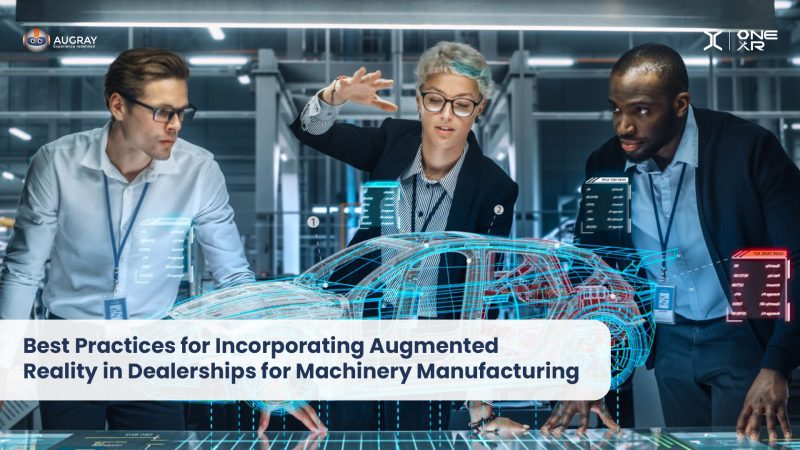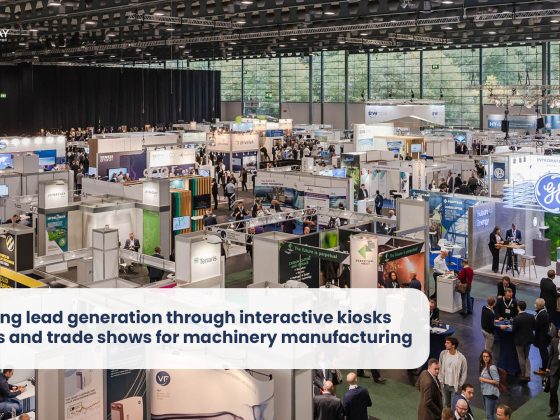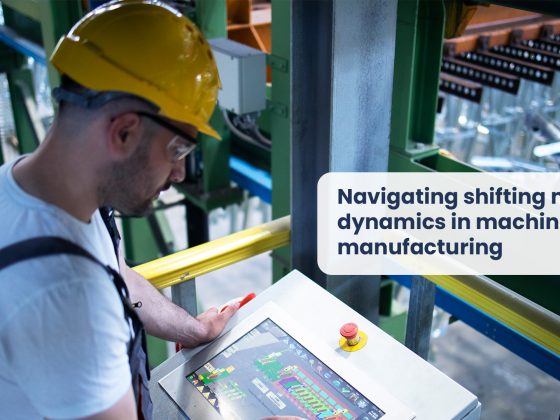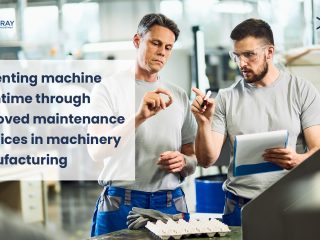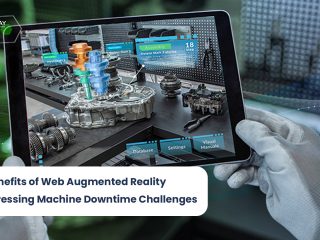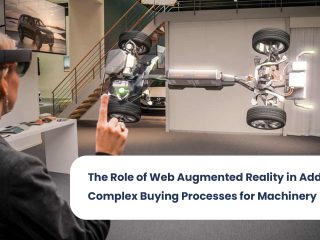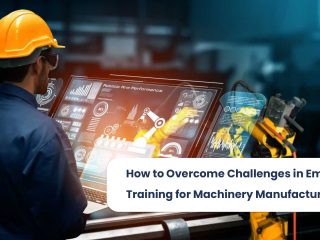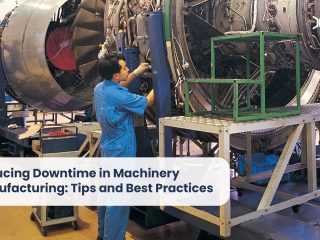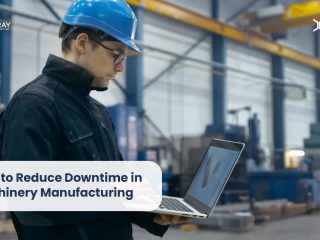In recent years, the advent of augmented reality (AR) technology has revolutionized various industries, including machinery manufacturing. Dealerships in this sector are now exploring innovative ways to incorporate AR into their operations to enhance customer experience, streamline sales processes, and boost overall efficiency.
By harnessing the power of AR, dealerships can provide interactive and immersive experiences for customers, enabling them to visualize and interact with machinery in real-time. In this article, we will discuss the best practices for incorporating augmented reality in dealerships for machinery manufacturing.
Define Objectives and Target Audience:
Before implementing any AR solution, it is crucial to define clear objectives and identify the target audience. Consider the specific challenges your dealership aims to address, such as complex machinery comprehension, reduced customer engagement, or time-consuming sales processes.
Understanding the target audience will help tailor the AR experience to their needs and preferences, ensuring maximum impact and adoption.
Choose the Right AR Platform and Tools:
Selecting the appropriate AR platform and tools is vital for a successful integration. Evaluate different platforms available in the market, considering factors such as ease of use, compatibility with existing systems, and the range of features offered.
Seek solutions that enable interactive 3D visualization, real-time data integration, and seamless integration with mobile devices.
Create Interactive and Informative AR Content:
To engage customers effectively, it is crucial to create interactive and informative AR content. Develop high-quality 3D models of your machinery, allowing customers to visualize and explore the equipment from different angles.
Enhance the experience by incorporating detailed product specifications, videos, and relevant information, such as maintenance requirements and safety guidelines. Focus on delivering content that aids in decision-making and showcases the value proposition of the machinery.
Enable Virtual Walkarounds and Simulations:
AR technology provides the unique opportunity to offer virtual walkarounds and simulations of machinery. Enable customers to “try before they buy” by allowing them to virtually operate and test equipment.
Simulations can provide valuable insights into the machinery’s capabilities, functionality, and performance, aiding customers in making informed purchasing decisions. Additionally, offer real-time data overlays, such as productivity metrics or fuel consumption, to further enhance the simulation experience.
Integrate AR with Sales Processes:
Incorporate AR seamlessly into your sales processes to streamline operations and enhance customer interactions. Train your sales team to effectively utilize AR tools and provide personalized demonstrations to customers.
AR can facilitate remote collaboration, allowing sales representatives to guide customers through the AR experience, answer questions, and address concerns in real-time. Integration with existing CRM systems can provide valuable data on customer preferences, enabling targeted marketing and improved customer relationship management.
Provide Ongoing Support and Maintenance:
After implementing AR solutions, it is essential to provide ongoing support and maintenance to ensure optimal performance. Regularly update AR content to reflect changes in machinery specifications or new product offerings.
Monitor customer feedback and address any issues promptly to maintain a positive user experience. Invest in staff training programs to keep your team updated on new features, troubleshooting techniques, and best practices.
Here are some examples of how augmented reality can be incorporated into dealerships for machinery manufacturing:
- Virtual Product Demonstrations: Instead of relying solely on static brochures or catalogs, dealerships can use AR to provide virtual product demonstrations. Customers can use their mobile devices or AR glasses to visualize machinery in real-time, view its features, and explore its components. They can interact with the equipment virtually, understanding its functionality and operation before making a purchase.
- Interactive Maintenance and Troubleshooting: AR can be utilized to enhance maintenance and troubleshooting processes. By overlaying step-by-step instructions or animated guides onto the physical machinery, technicians can easily identify and resolve issues. This allows dealerships to provide remote assistance and guidance to customers or field service technicians, minimizing downtime and improving overall efficiency.
- 3D Visualization of Machinery: AR technology enables the creation of detailed 3D models of machinery, which can be superimposed into real-world environments. Dealerships can showcase these 3D models to customers, allowing them to see how the machinery will fit into their existing workspace. This visualization helps customers better understand the scale, dimensions, and placement requirements of the equipment.
- Remote Collaboration and Training: AR facilitates remote collaboration between dealership experts and customers or field technicians. By using AR glasses or mobile devices, experts can guide customers through machinery setup, maintenance, or repair processes in real-time. This saves time and travel costs while providing efficient support. Dealerships can also offer AR-based training programs, allowing customers to learn about machinery operation and maintenance remotely.
- Augmented Spare Parts Identification: Finding and identifying the right spare parts for machinery can be a complex task. With AR, dealerships can simplify this process by using image recognition technology. Customers can scan or take a picture of a specific part using their mobile devices, and AR overlays can provide detailed information, part numbers, and availability. This speeds up the ordering process and reduces errors.
- Virtual Equipment Configurations: Dealerships can leverage AR to offer virtual equipment configurations to customers. By using AR tools, customers can customize machinery by choosing different attachments, accessories, or optional features. They can see the virtual representation of their customized equipment and evaluate how it aligns with their requirements. This interactive experience helps customers make informed decisions and ensures the selected configuration meets their needs.
These are just a few examples of how augmented reality can be incorporated into dealerships for machinery manufacturing. By leveraging AR technology, dealerships can enhance customer engagement, streamline operations, and provide immersive experiences that ultimately lead to improved sales, customer satisfaction, and overall business growth.
Augmented reality has the potential to revolutionize the way dealerships in machinery manufacturing operate and engage with customers. By implementing these best practices, dealerships can create immersive experiences, enable virtual simulations, streamline sales processes, and provide customers with the confidence to make informed decisions.
The successful integration of AR will not only enhance customer satisfaction but also position your dealership as a leader in the industry, driving growth and profitability in the long run. Embrace the power of augmented reality and unlock new possibilities in the world of machinery manufacturing.
